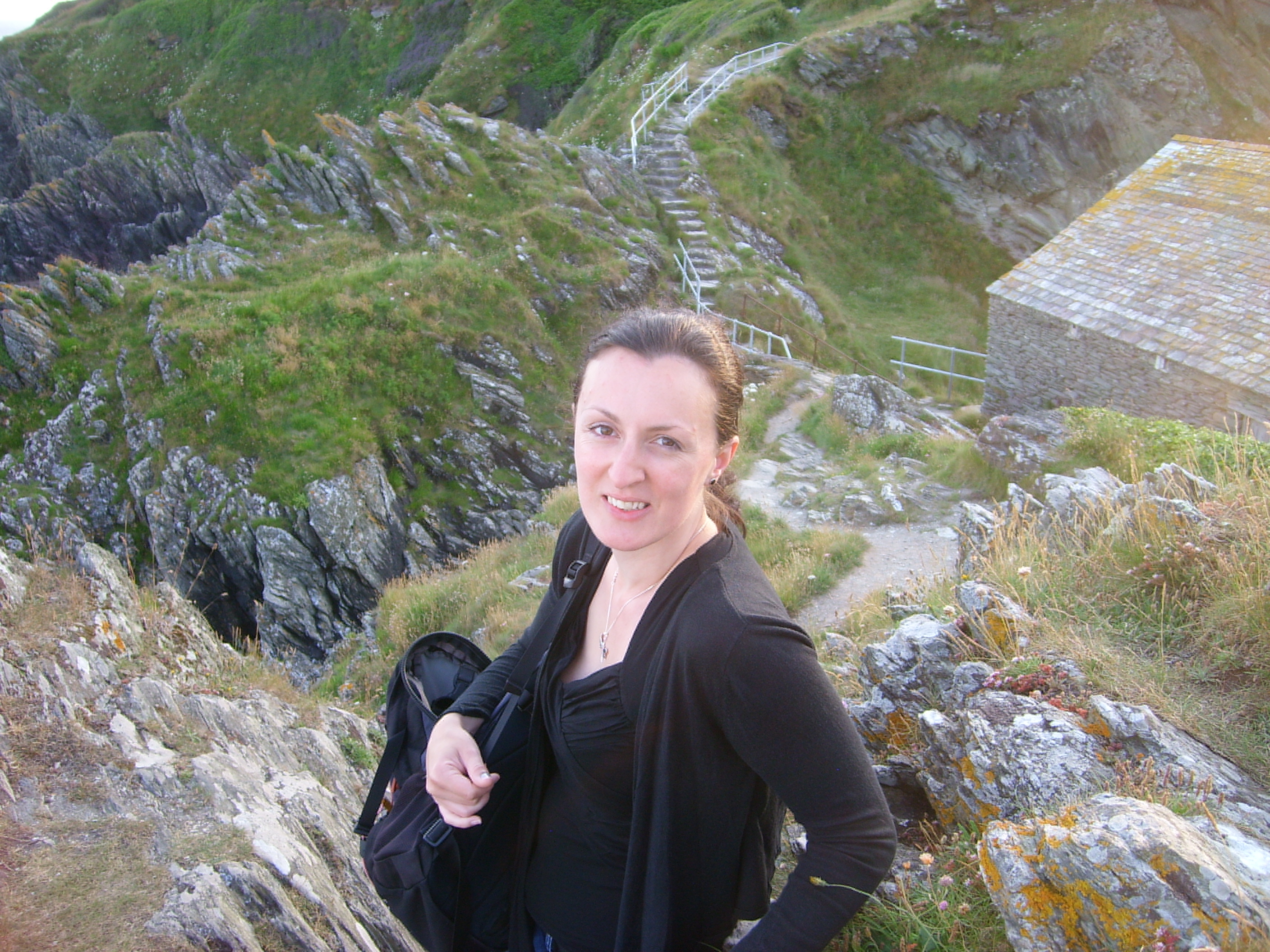June 2020
Many people will be familiar with the glow of light above towns or cities, but it can also be caused by a very bright light in an otherwise dark area - or perhaps you have artificial light straying into your home.
At CPRE, we have run a Star Count survey several times over the years, asking people to be ‘citizen scientists’ and count the number of stars they can see in the Orion constellation. Last week, we launched the results of 2020’s Star Count, when almost 2,500 counts were submitted from around the UK. The findings show that 61% of people are in areas with severe light pollution – meaning that they could count 10 stars or fewer. This is a rise in the number of people experiencing severe light pollution since our 2019 count, when 57% of people taking part fell into that category.
At the other end of the spectrum, though, we also saw a rise in the number of people reporting to us that they could count more than 30 stars within Orion – 3% of people, up 1% from last year.
We also surveyed Star Counters about their thoughts on the importance of dark skies. They were asked whether they thought every child should be able to experience the wonder of a star-filled night sky – and, of the 1,424 respondents, 99% agreed. This links to the Glover Review of National Parks and Areas of Outstanding Natural Beauty, which recommended ‘A night under the stars in a national landscape for every child’. And 97% of 1,423 people believe that gazing up at a sky full of stars has a positive impact on their wellbeing. The responses to these questions further supports CPRE work on these areas.
While some people do get a good view of the stars, many do not. There is an appetite for action to tackle light pollution and protect and enhance existing dark skies. A resounding 82% of 1,419 respondents believe that their local council should do more to tackle light pollution in their area and 88% of 1,415 respondents think more needs to be done to protect and enhance dark skies in their area.
So what change are we calling for? The national planning policy on light pollution is good in principle and states in paragraph 180 that planning policies and decisions should ‘limit the impact of light pollution from artificial light on local amenity, intrinsically dark landscapes and nature conservation’. The associated planning guidance adds more detail to how councils should deliver on this at the local level.
Some councils already have measures in place to reduce light pollution, but there is a long way to go. We’re calling on councils to have a strong policy in their local plans to tackle light pollution, protect existing dark skies in the area and to consider the management of their street lighting. Many councils have changed their lighting in recent years to save money and energy, such as by investing in dimming technology which means they can tailor lighting to local needs. And some councils switch off lighting, commonly between midnight and 5am – of course, this should be done in consultation with residents and the police to ensure it’s the best fit for the area. Well-designed directional lighting, used only where and when needed, can help reduce light pollution and give more people a chance to get a clearer view of the night sky.
There is also action we can take as individuals. For example, by checking any outside lighting is well directed, is only used when needed and that it doesn’t spread into neighbouring homes.
We can all do our bit to tackle light pollution and give more people the chance to wonder at a star filled night sky.
View the 2020 Star Count map.
Emma Marrington, Rural Enhancement Lead, CPRE The Countryside Charity
Follow @CPRE
The opinions expressed in this blog are the author's and not necessarily those of the wider Link membership.




Latest Blog Posts